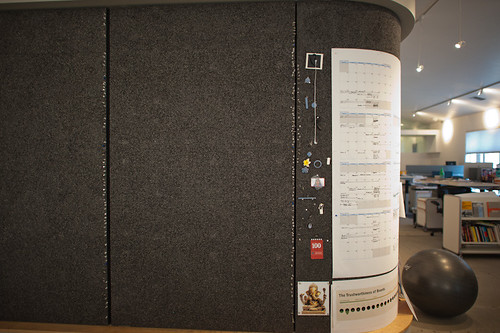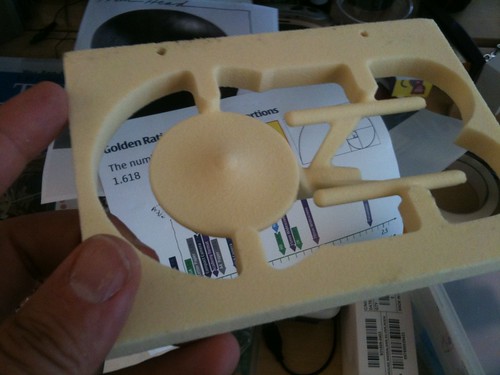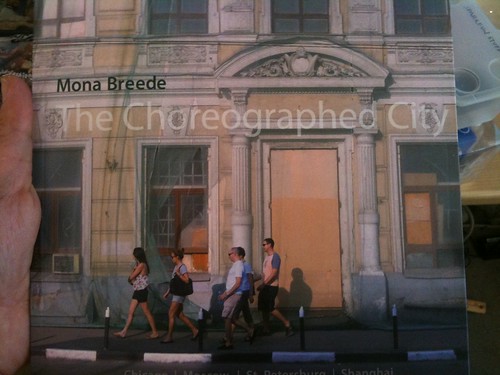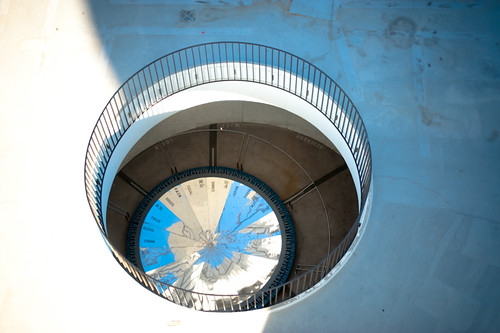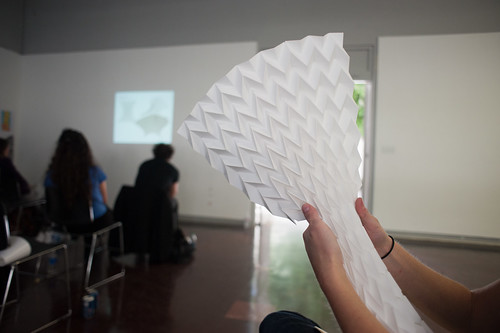This is an interesting paper called The WALL: participatory design workspace in support of creativity, collaboration, and socialization written about workspaces using various techniques to support creativity, collaboration and “socialization.” The paper describes and advanced design studio for a “Nordic EU” country and the use of a wall — in this case, a real wall, not a video wall or something like this — and the ways in which design work forms on, in and around the wall. This is interesting to me because of the direct opposite of typical assumptions from the world of technology where high-tech is often used — video conferencing systems, telepresence devices, and so on. In this particular studio, the wall becomes a place where work happens. Things that go up on the wall become projects or intersect or leak-into other projects.
The challenge in this particular study (two or three days of observation) is that the studio has a sibling that is a great distance away so the team is separated by space as well as a significant time difference. THe challenges in this case are to share the wall in some fashion — which is not entirely solved. Various approaches are tried — sending high resolution photographs, creating large format plotter-prints to create a facsimile of the wall from one studio to the other, etc. Some video conferencing can happen, but even this is only effective at communicating verbally because the persistence of shared images, sketches and so on is low — it is only around for the call. The bulk of the design activities happen with people together, in the same physical space, standing/sitting/couching/laughing at and near the wall. Casual encounters while walking by a team working on a specific bit of material at the wall can inflect and inform the work in substantial ways — even by members of the design team not directly assigned to a specific project. In fact, it sounds like every member of the team is working on every project to one extent or another by virtue of the fact that the projects wrap around the studio on the wall. Walking by representations of a project can spark an insight or ideas for other projects. Material from one stream of work can find its way into another quite naturally as the boundaries of ownership, share-ability, and so on are made permeable in a creative, productive way by the maturity of the team, the transparency the wall facilitates (everything is there), the rather flat-ish structure of the design team, and the implicit trust amongst the team (no one needs to be policed or watched; attendance isn’t taken, &c.)
Why do I blog this? I’m very interested in what makes creative, productive, advanced design/technology teams work well. This idea of the analog wall — a pin-up wall — is simple, does not need to be plugged-in, allows for sharing and viewing and collaborating.
Continue reading The Wall
